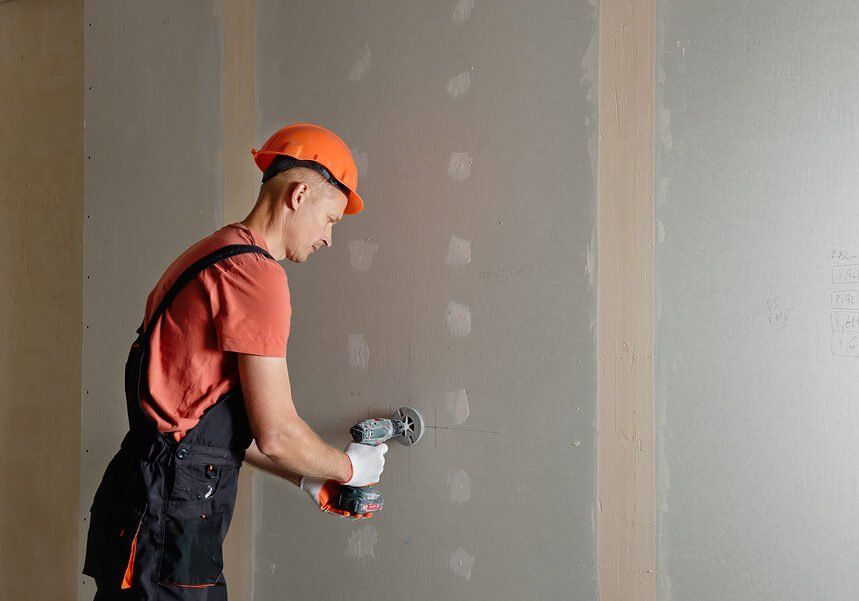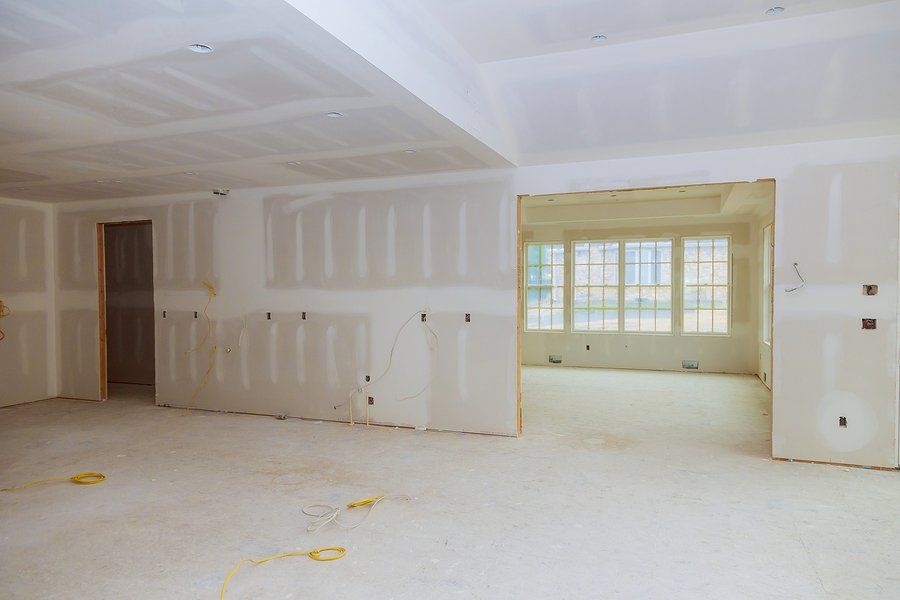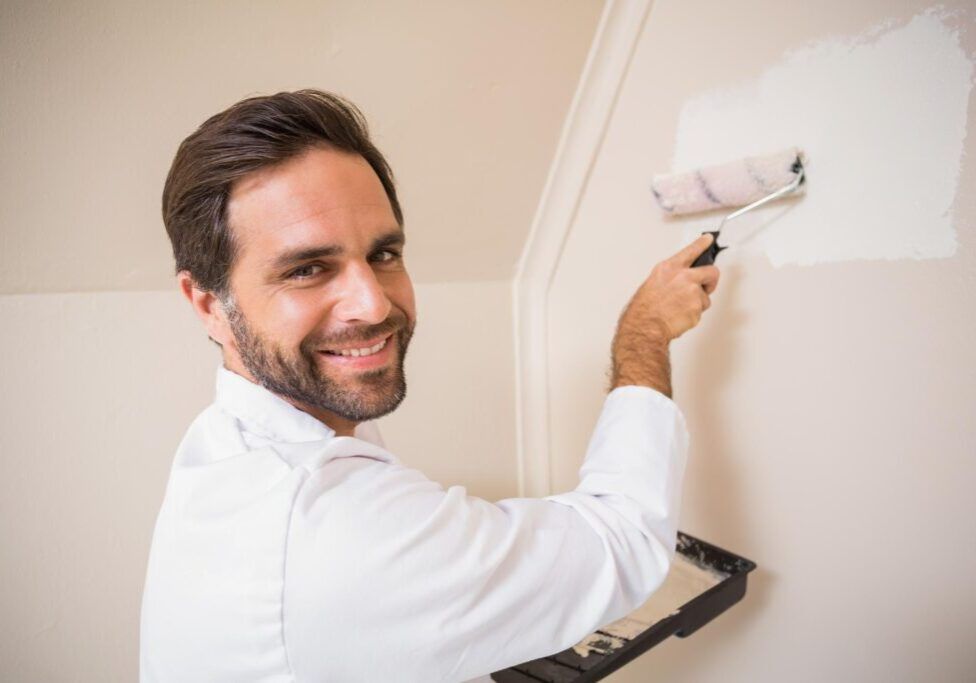
Seamless Solutions: Expert Tips for Flawlessly Repairing Drywall Holes
Step-by-Step Guide to Fixing and Patching Holes in Drywall Easily
When it comes to home maintenance, one common issue many homeowners face is dealing with a hole in wall. Whether it’s a small dent or a large hole in wall, knowing how to patch hole in wall
drywall is an essential skill. This guide will provide you with everything you need to know to tackle holes in wall and restore your drywall to its original condition.

Assessing the Damage
Before you start the hole in wall repair process, it’s important to assess the size and severity of the hole. Smaller holes are generally easier to fix, while larger ones may require more materials and effort. If you're unsure, you can always ask a professional for advice.
Materials You’ll Need
For a successful fix hole in wall, you will need the following materials:
- Drywall patch kit or scrap drywall
- Joint compound
- Sandpaper
- Putty knife
- Drywall saw (for large holes)
- Paint and primer
Step-by-Step Guide to Patch Up Holes in Wall
1. Small Hole in Wall Repair
For a small hole in wall repair, such as nail holes or minor dents, follow these steps:
Clean the Area: Remove any debris or loose material from the hole.
Apply Joint Compound: Using a putty knife, spread a small amount of joint compound over the hole. Smooth it out so that it is flush with the wall surface.
Let It Dry: Allow the joint compound to dry completely, which usually takes a few hours.
Sand the Surface: Once dry, sand the area until smooth.
Prime and Paint: Apply primer and paint to match the rest of the wall.
2. Fix Large Hole in Wall
For a large hole in wall repair, follow these steps:
Cut a Drywall Patch: Use a drywall saw to cut a piece of drywall slightly larger than the hole.
Attach the Patch: Secure the drywall patch over the hole using drywall screws or adhesive.
Apply Joint Compound: Cover the seams of the patch with joint compound. Use a putty knife to spread it evenly.
Reinforce with Mesh Tape: Apply mesh tape over the seams to reinforce the repair.
Apply Additional Layers: After the first layer dries, apply additional layers of joint compound as needed, sanding between each layer.
Finish with Paint: Once the surface is smooth and dry, apply primer and paint to match the existing wall.
Advanced Techniques for Hole in Wall Repair
For those looking to perfect their technique and ensure a seamless finish, here are some advanced tips:
Use a Sanding Sponge: Instead of regular sandpaper, a sanding sponge can help you achieve a smoother finish.
Feathering Technique: When applying joint compound, use a feathering technique to blend the edges of the patch with the existing wall.
Multiple Thin Layers: Applying several thin layers of joint compound instead of one thick layer can prevent cracking and ensure a smoother finish.
Wet Sanding: For a dust-free option, consider wet sanding with a damp sponge.
Special Considerations for Large Hole in Wall Repair
When dealing with a large hole in wall, it’s important to take extra care to ensure the repair is sturdy and blends seamlessly with the rest of the wall:
Backing Support: For very large holes, consider using a piece of wood as backing support. Attach it inside the hole using screws, then secure the drywall patch to this backing.
Double Layering: In some cases, using two layers of drywall can provide additional strength. Apply the first layer, let it dry, and then apply the second layer over it.
Preventing Future Holes in Wall
Preventing future damage can save you from repeated repairs:
Install Wall Guards: In high-traffic areas, consider installing wall guards or bumpers to prevent damage from furniture or other impacts.
Properly Mount Items: Ensure that heavy items like shelves or TVs are properly mounted using anchors or studs to avoid creating holes in wall.
Use Doorstops: Install doorstops to prevent doorknobs from banging into the wall and creating holes in wall.
Frequently Asked Questions
Q: Can I use spackle instead of joint compound for small hole in wall repair?
A: Yes, spackle is a suitable alternative for small hole in wall repair. It dries faster and is easier to work with for minor repairs.
Q: How long should I wait before sanding the joint compound?
A: Typically, you should wait 24 hours for the joint compound to dry completely before sanding. However, drying time can vary based on the thickness of the application and humidity levels.
Q: What if my wall has a textured finish?
A: If your wall has a textured finish, you can purchase spray texture products that match your wall's texture. Apply it after the joint compound has dried and been sanded.
Conclusion
Dealing with a hole in wall doesn't have to be a daunting task. Whether you need to fix hole in wall for a small repair or handle a large hole in wall repair, following these steps will help you achieve a professional finish. Remember, the key to a successful patch hole in wall drywall is patience and attention to detail. With these tips, you’ll be able to patch up holes in wall like a pro.
By following this guide, you can ensure that holes in wall are a thing of the past, leaving your home looking as good as new. Happy repairing!


